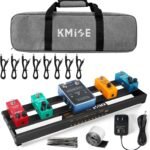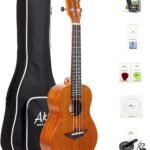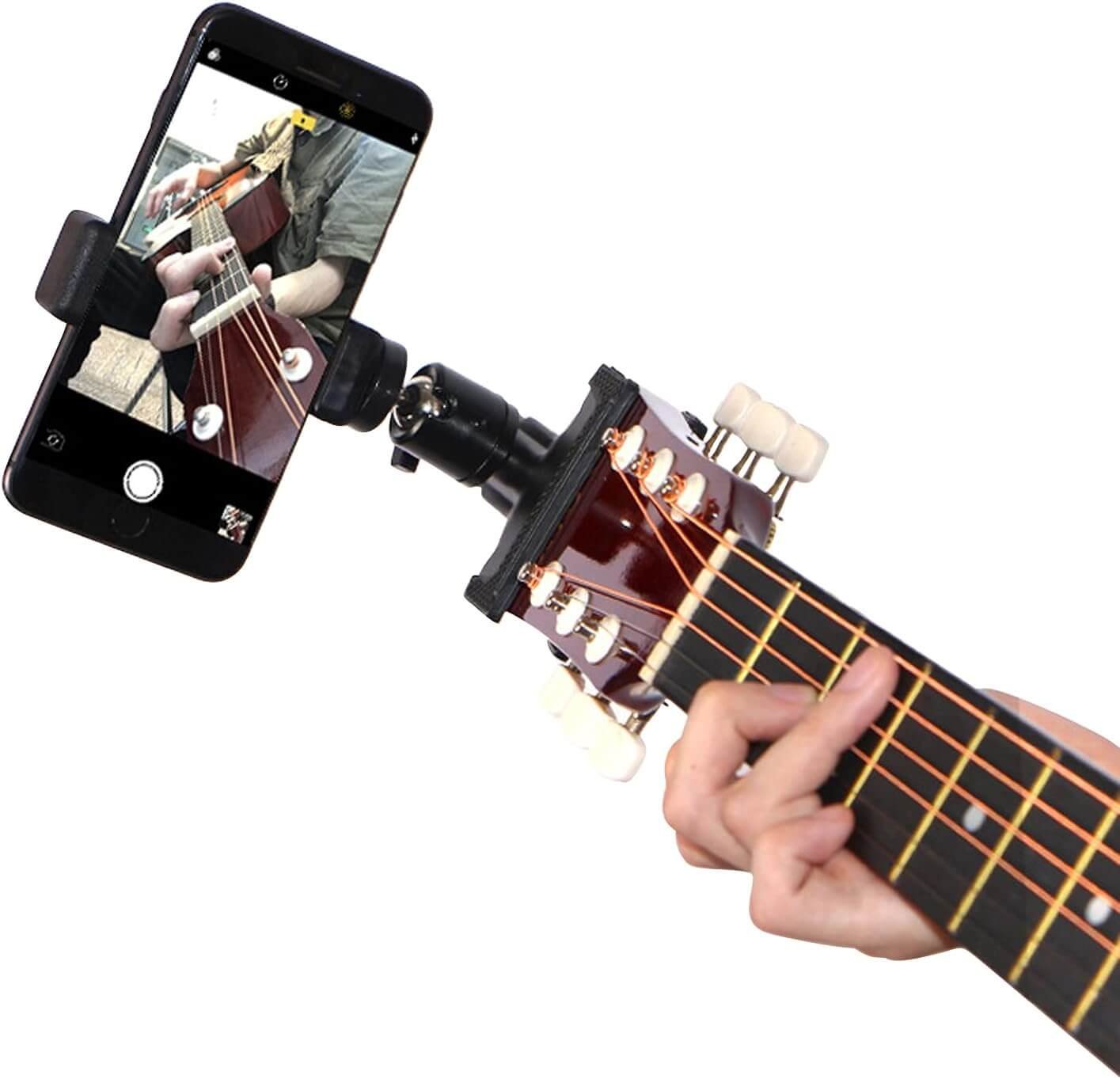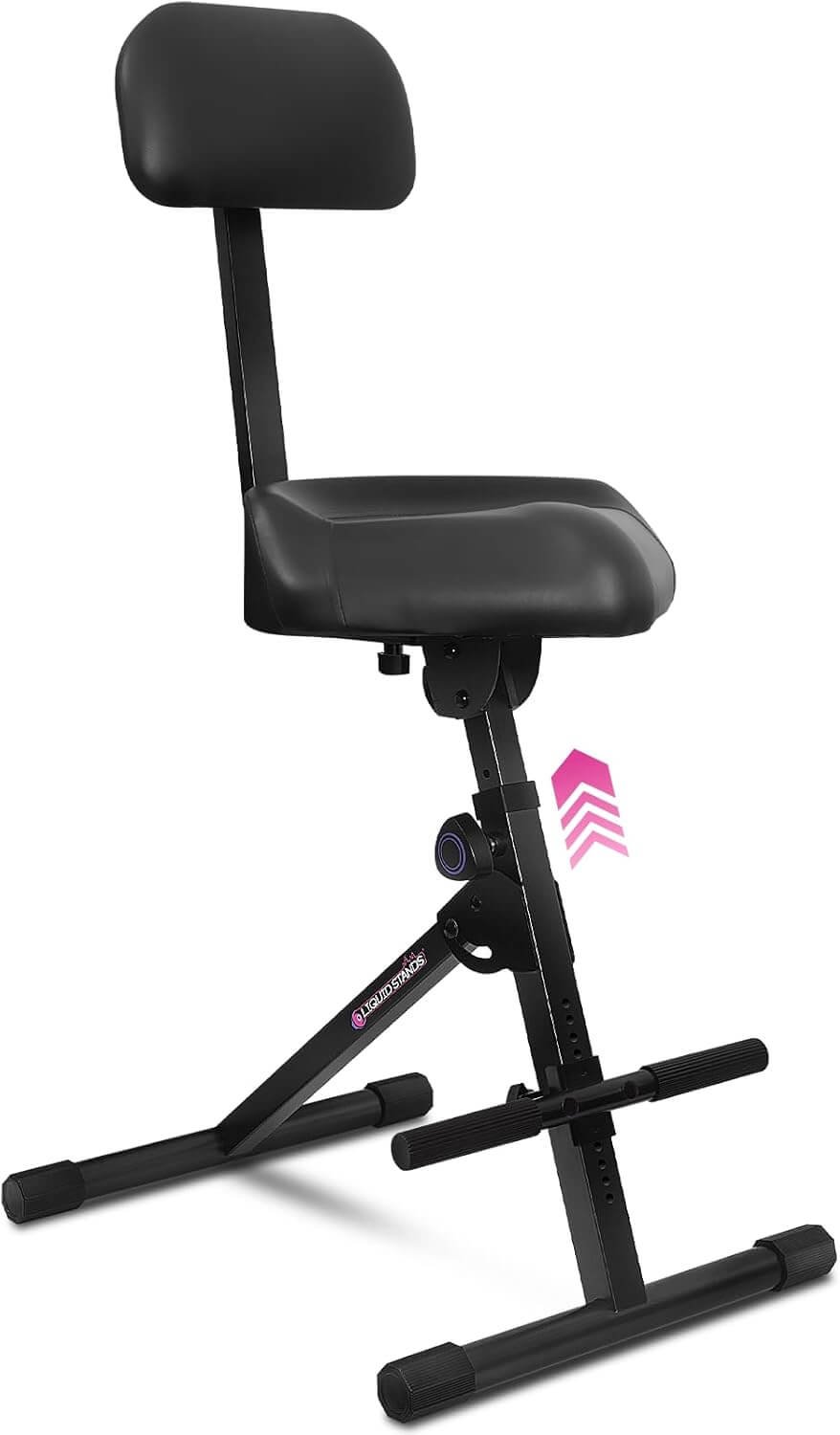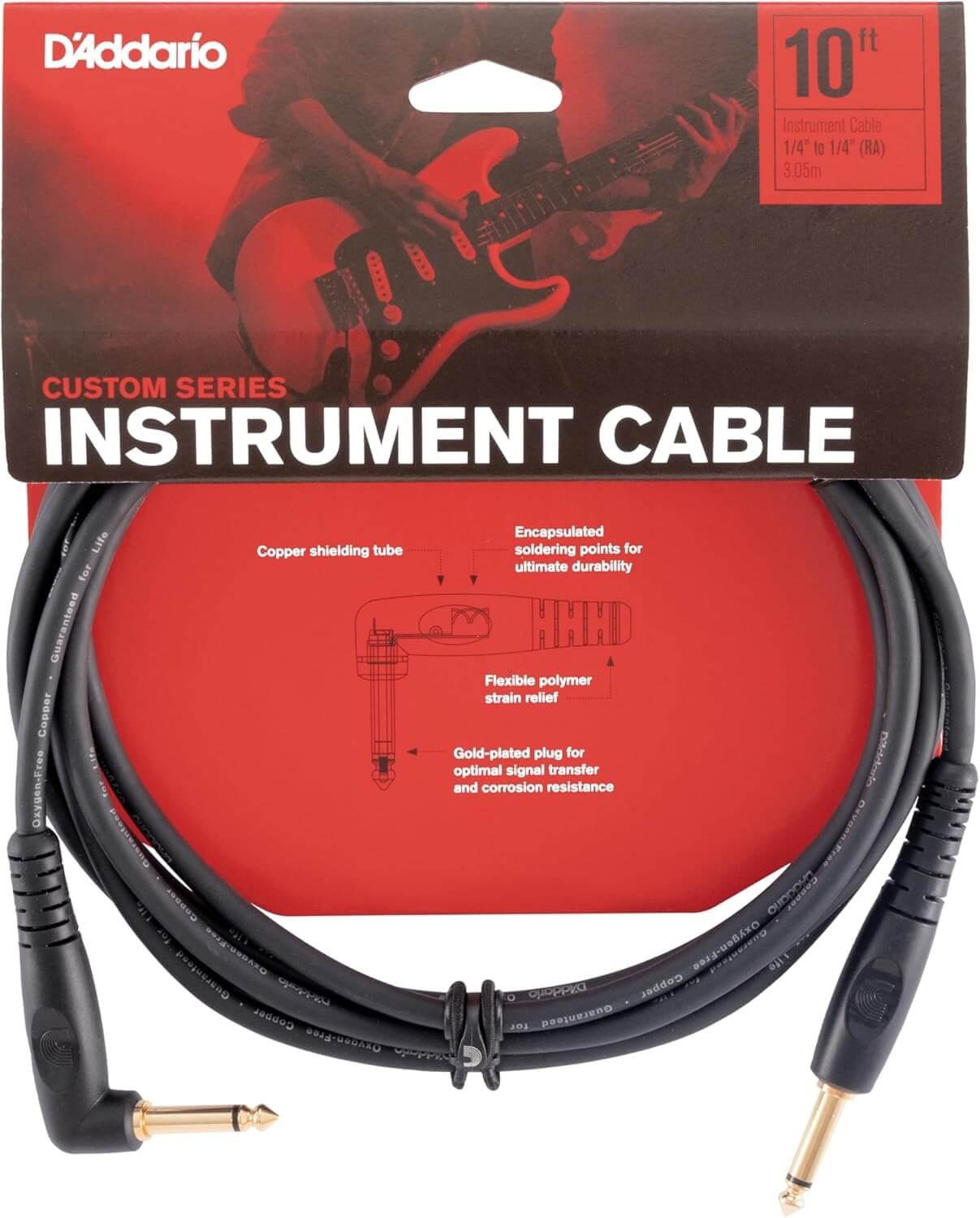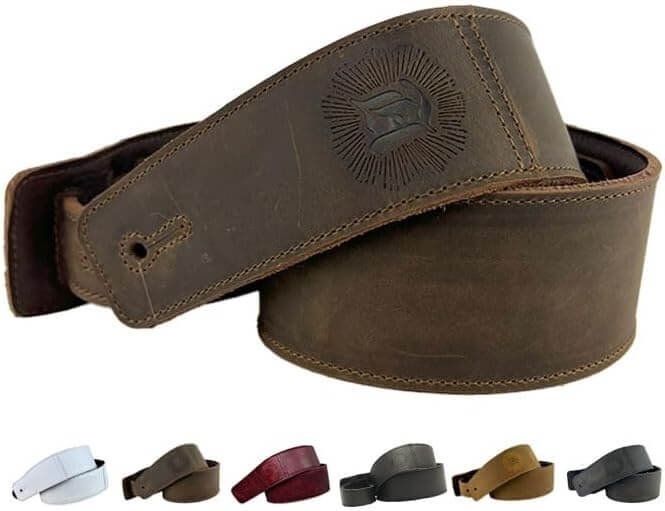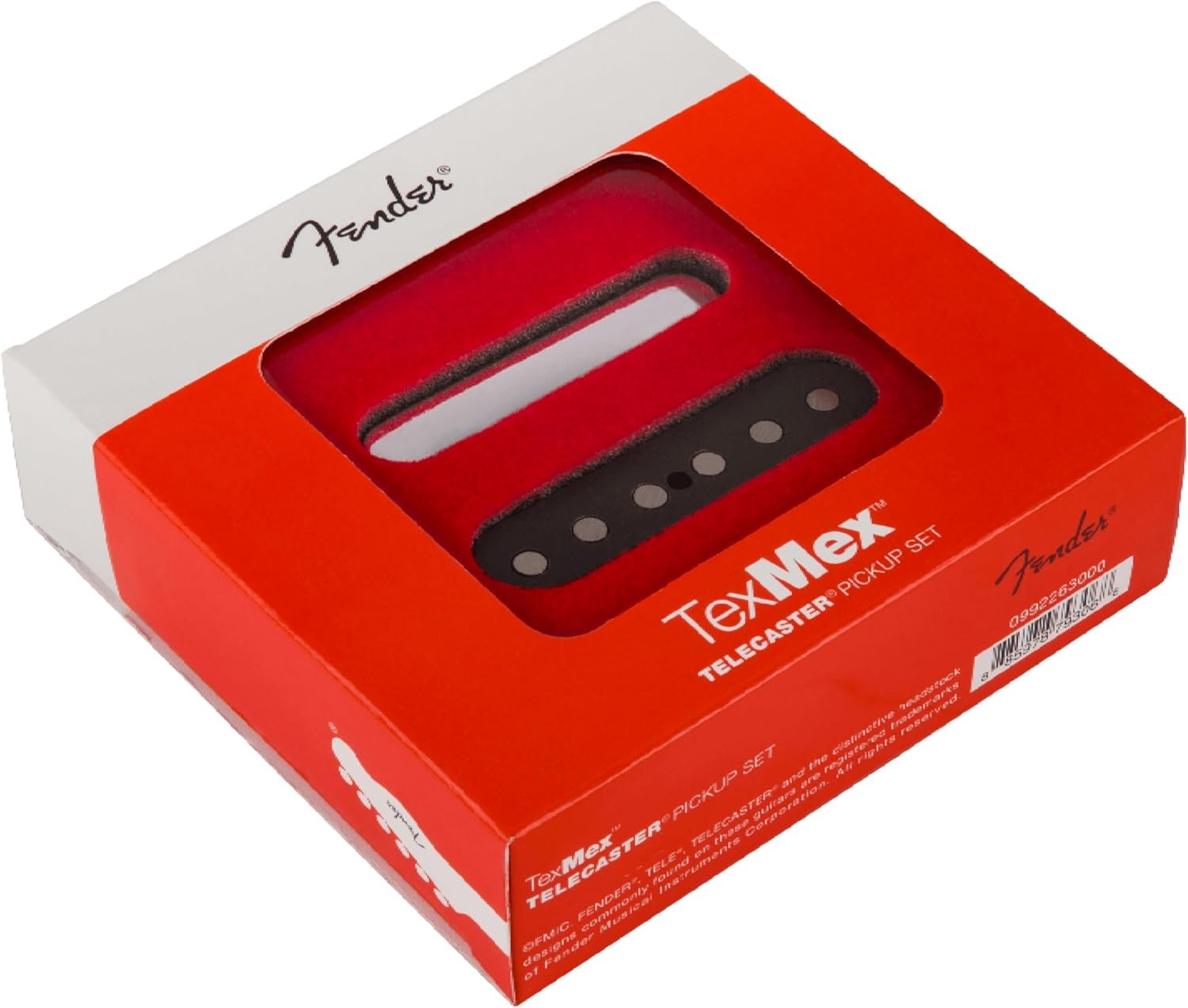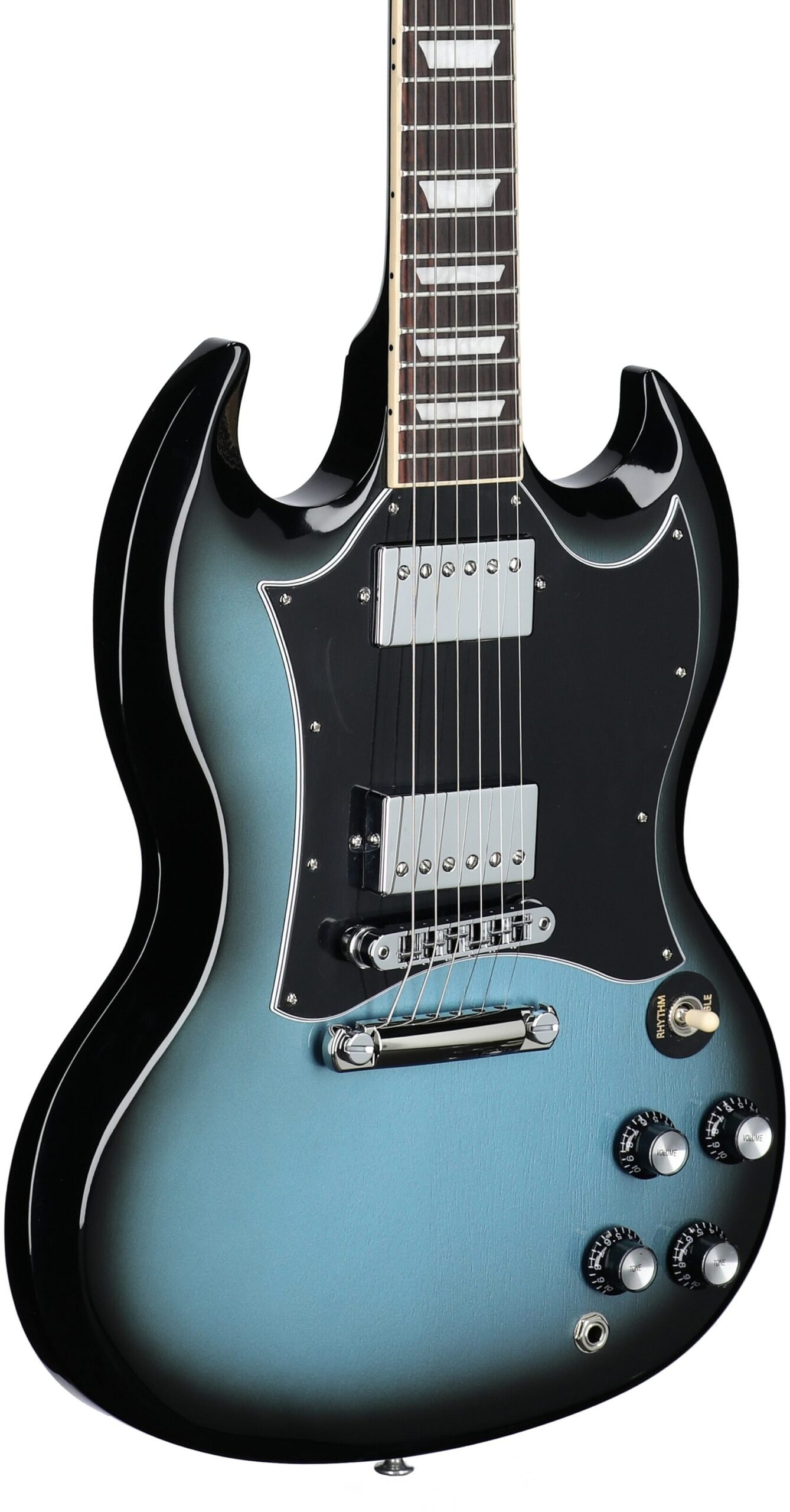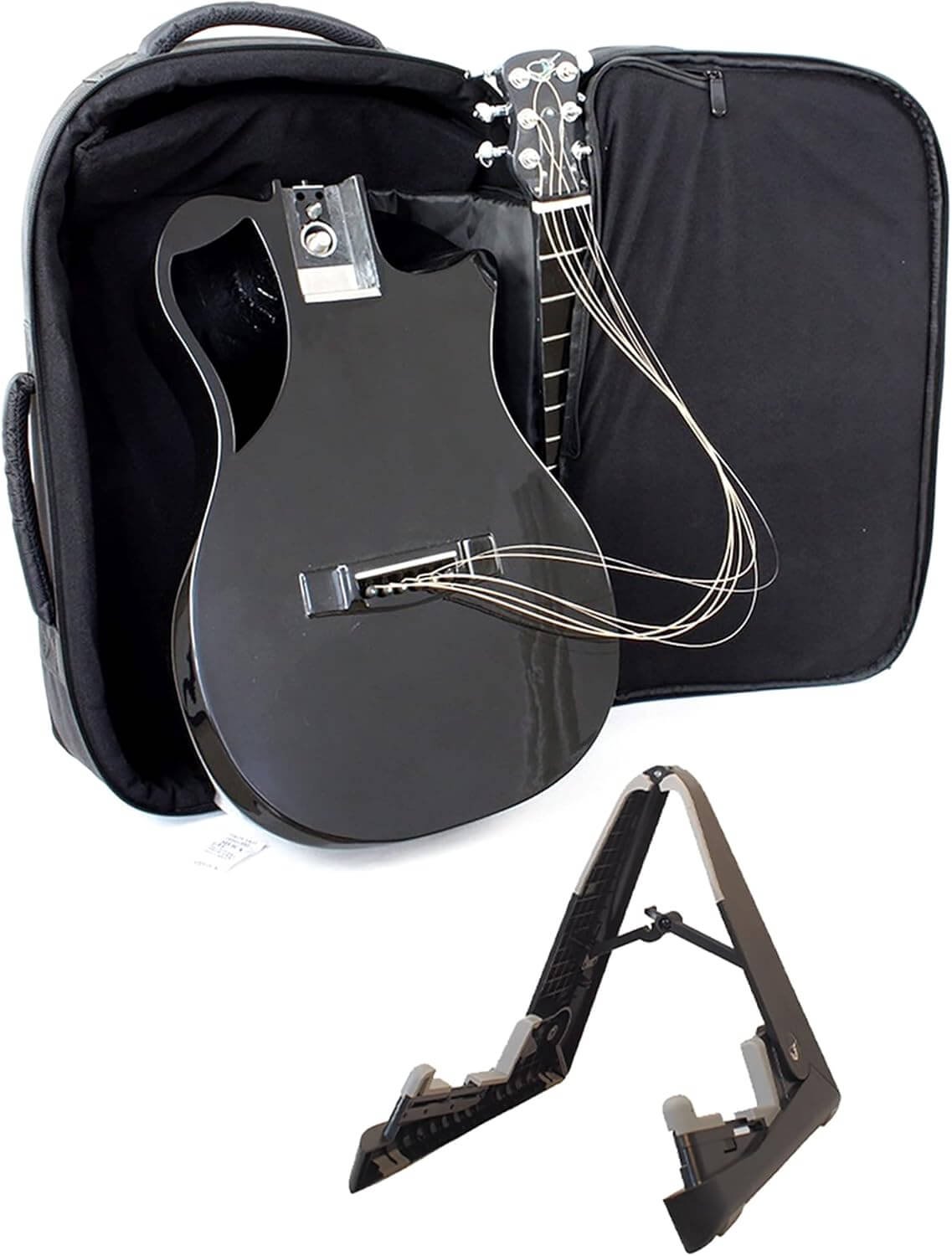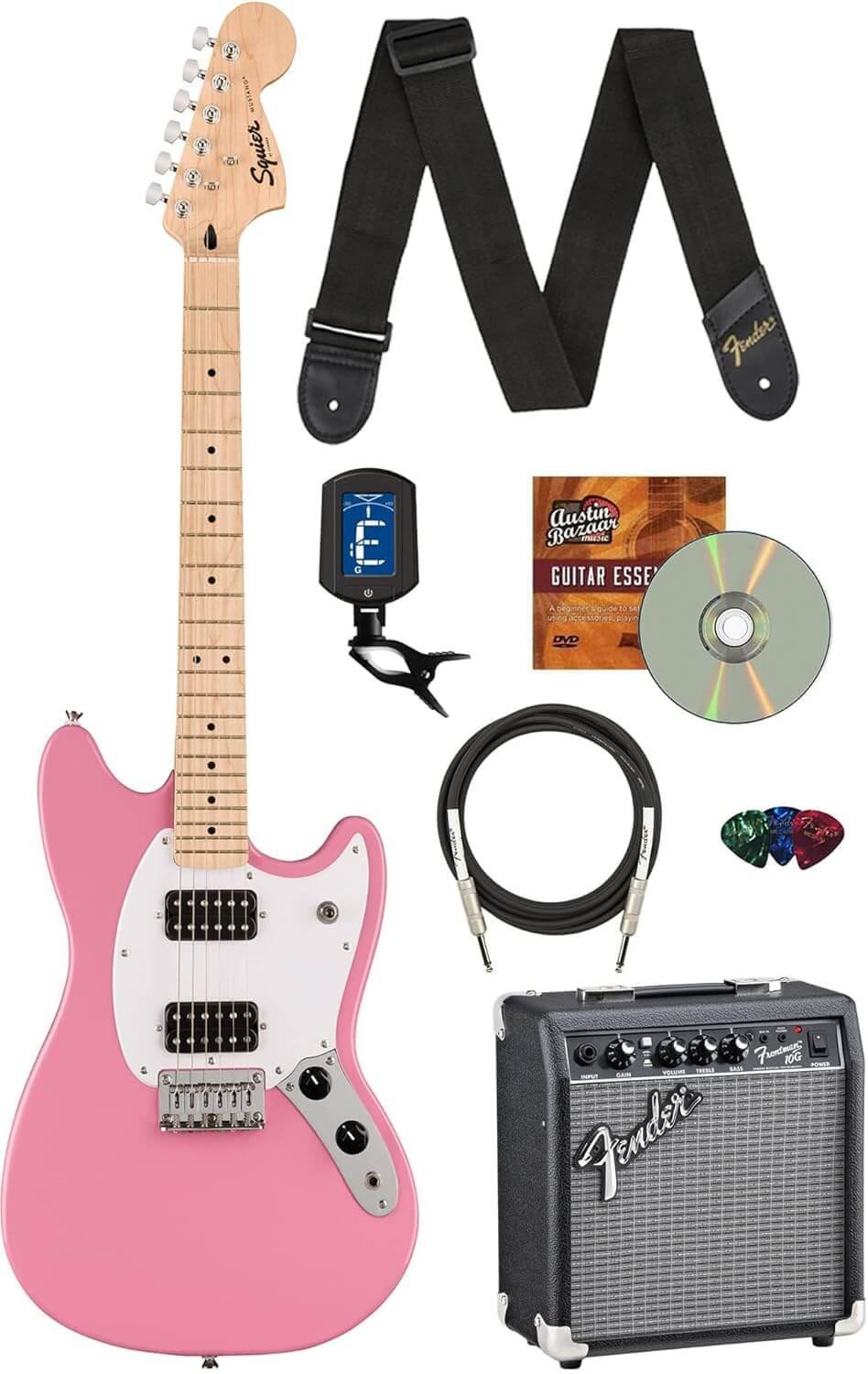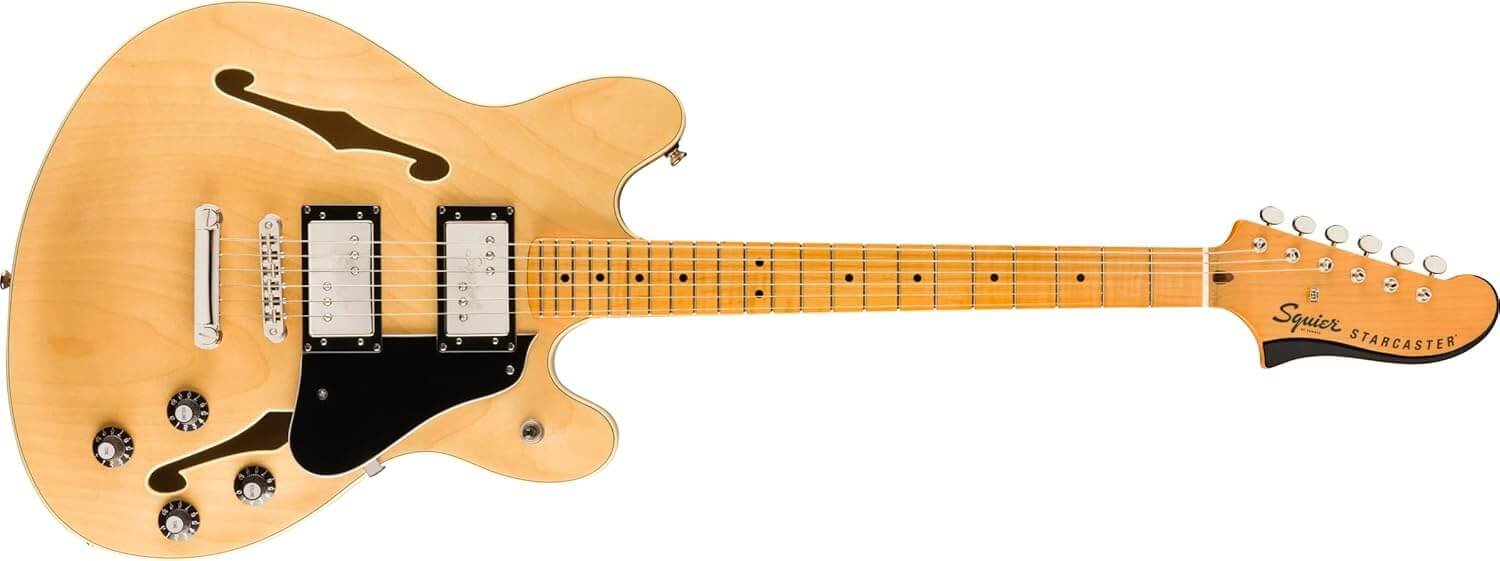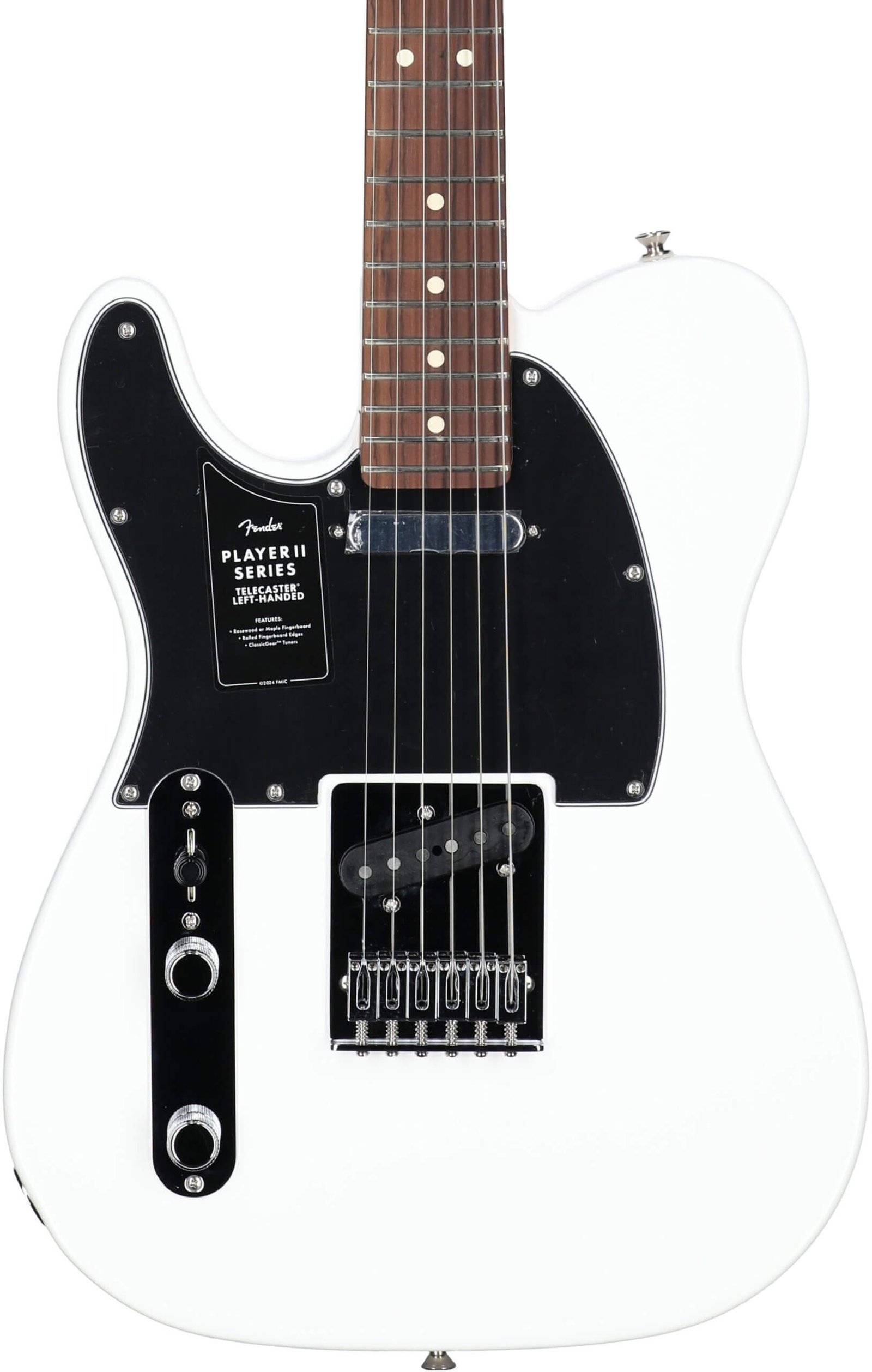Introduction to Wireless Guitar Systems
Wireless guitar systems represent a significant evolution in the realm of music performance, providing musicians with the freedom to embrace movement and expression without the constraints of traditional wired setups. These systems utilize a transmitter and a receiver to send audio signals wirelessly, allowing guitarists to roam the stage, interact with the audience, and engage in dynamic performances. Among the various technologies available, the 2.4GHz wireless guitar system has gained prominence for its capabilities, performance, and ease of use.
The core advantage of opting for a wireless system is the liberation it offers from tangled cables and limited mobility. Musicians can navigate large stages and perform intricate choreography without the physical limitations associated with traditional wired connections. This level of freedom not only enhances the overall performance quality but also promotes a cleaner and more organized stage setup, reducing the risks associated with tripping over cables. Additionally, a wireless system can help in addressing issues related to cable noise and signal interference, often experienced with wired connections.
Furthermore, the 2.4GHz wireless guitar system stands out due to its reliability and performance. Operating in the globally accepted 2.4GHz frequency band, these systems can effectively minimize interference from other wireless devices. Musicians can enjoy crystal-clear audio transmission, ensuring that every note is heard clearly by the audience. This frequency also allows for a more extensive range of operation, granting performers the flexibility to move further away from their amplification sources without sacrificing audio quality. Overall, the transition to wireless systems, particularly those utilizing 2.4GHz technology, signifies an essential advancement that can enhance both the performer’s experience and the listener’s enjoyment.
Why Choose the 2.4GHz Frequency
The choice of frequency band is paramount for ensuring the performance quality of a wireless guitar system. Among the various frequency options available, the 2.4GHz wireless guitar system stands out due to its numerous advantages. One key benefit of the 2.4GHz band is its capacity to deliver a reliable connection, essential for musicians who demand uninterrupted sound during their performances. This reliability is achieved because the 2.4GHz frequency allows for a stable signal transmission, making it less susceptible to dropouts that can disrupt the flow of a live performance.
In addition to stability, 2.4GHz systems effectively minimize interference from other electronic devices. The 2.4GHz band is widely used in numerous wireless devices, such as Wi-Fi networks and Bluetooth peripherals. While this may raise concerns regarding interference, many advanced 2.4GHz wireless guitar systems come equipped with features that help to buffer against potential disruptions. These features include frequency hopping technology, which allows the system to switch channels dynamically, thus maintaining audio quality even in crowded environments. This capability provides musicians with the confidence to move freely on stage without the fear of losing their connection.
Moreover, the 2.4GHz frequency band offers a commendable range, typically covering distances of up to 100 feet or more. This characteristic makes it suitable for performers who require a broader coverage area, allowing them to interact with their audience without being tethered to a specific spot. When compared to other frequency options, such as 5.8GHz systems, 2.4GHz setups generally offer greater penetration through obstacles and walls, further enhancing usability. Therefore, for both amateur and professional musicians seeking dependable performance, the 2.4GHz wireless guitar system emerges as a compelling choice.
Built-in Rechargeable Lithium Battery Advantages
The advent of the built-in rechargeable lithium battery in the 2.4GHz wireless guitar system presents several advantages that significantly enhance user experience and performance. Unlike traditional systems that rely on disposable batteries, rechargeable lithium batteries offer a sustainable solution by reducing electronic waste. Utilizing a lithium battery not only conserves resources but also minimizes environmental impact, a benefit that resonates with eco-conscious musicians.
Cost savings represent another compelling benefit of integrating a rechargeable lithium battery into a wireless guitar system. Musicians often face recurring expenses associated with purchasing replacement batteries, which can accumulate over time. By investing in a system with a rechargeable option, users can eliminate these ongoing costs. The initial investment in such technology may be higher; however, the long-term savings on battery expenses can quickly offset this difference, proving advantageous for budget-conscious performers.
Moreover, the convenience factor cannot be overlooked. With a built-in rechargeable lithium battery, guitarists no longer need to worry about running out of power during a performance or rehearsal. The simple act of charging the device after use ensures that the system is always ready for action. This eliminates the need for frequent trips to purchase new batteries and allows musicians to focus on their art without distractions. In essence, this seamless integration of technology enhances playability and reliability, which are paramount in live performance settings.
In conclusion, integrating a built-in rechargeable lithium battery into a 2.4GHz wireless guitar system not only benefits the environment but also provides musicians with substantial cost savings and unparalleled convenience. As technology continues to evolve, such advancements ensure that musicians can enjoy their craft without compromise.
Features of the Wireless Guitar Transmitter and Receiver
The 2.4GHz wireless guitar system presents a range of advanced features tailored for guitarists who seek both quality and convenience. One of the standout aspects of this system is its exceptional sound quality. Utilizing a digital transmission process, the system ensures that the audio fidelity remains intact, allowing musicians to experience vibrant and dynamic tones reminiscent of wired connections. This clarity is vital for performances where sound quality can significantly impact the overall experience.
Another critical feature of this wireless guitar system is its low latency. Latency, or the delay between playing a note and hearing it, can be a considerable concern for musicians who perform live. With the 2.4GHz wireless guitar system, latency levels are minimized, delivering a near-instantaneous response that empowers musicians to perform confidently without being hampered by sound delays. Such responsiveness is particularly crucial when musicians engage in fast-paced playing or intricate solos.
The frequency response of the transmitter and receiver also plays a pivotal role in the system’s performance. Covering a wide range of frequencies, the 2.4GHz system allows for the transmission of complex audio signals, enabling guitarists to produce rich sounds without distortion. This wide frequency response means that musicians can utilize various effects and tonal variations without fearing a loss of sound quality.
Lastly, ease of use is a hallmark of the 2.4GHz wireless guitar system. With simple plug-and-play capabilities, the setup process is straightforward, making it accessible for both seasoned professionals and novice guitarists. The system is designed to be user-friendly, allowing players to focus on their music rather than technical complications. Such a user-centric approach, combined with the aforementioned features, reinforces the system’s position as a leading choice in the realm of wireless guitar technology.
Comparing Wired vs. Wireless Systems
In the realm of guitar setups, musicians have traditionally relied on wired systems, which involve connecting their instruments directly to amplifiers or effects pedals using cables. This method has been the standard for years, providing a reliable sound connection. However, wired systems present several challenges that can hinder a performer’s ability to move freely on stage. Tangling cables are a common frustration, often resulting in interruptions during performances or the potential for accidental disconnections. Moreover, the physical limitations imposed by these cables can restrict a guitarist’s movement, impacting their stage presence and overall performance quality.
On the other hand, the emergence of the 2.4GHz wireless guitar system has revolutionized the way musicians approach their performances. By eliminating the need for cables, these advanced wireless systems allow for greater mobility, enabling guitarists to engage with their audience and explore the stage without the fear of tripping over wires. The convenience of a wireless setup also means performers can experiment with various playing styles and techniques without being tethered to a specific spot. This freedom can enhance the overall musical experience for both the performer and the audience.
Beyond mere convenience, a 2.4GHz wireless guitar system often delivers enhanced sound quality and reliability. Many modern wireless systems utilize advanced technology to minimize latency and maintain a clear signal, ensuring that the guitarist’s sound is faithfully reproduced. Additionally, interference issues that plagued earlier wireless units have largely been addressed, providing a stable connection that does not compromise audio fidelity. Consequently, for musicians looking to refine their performance and elevate their stage presence, transitioning to a wireless guitar setup is an increasingly compelling option.
User Testimonials and Reviews
The adoption of the 2.4GHz wireless guitar system has significantly transformed the way musicians interact with their instruments. Many users have emphasized its convenience and reliability, making it a popular choice among both professional and amateur guitarists. One such testimonial from a seasoned performer noted, “Switching to a 2.4GHz wireless guitar system has liberated me from cumbersome cables on stage. It allows for greater mobility, which is crucial during live performances.” This sentiment is echoed by a number of users who appreciate the freedom and spontaneity that comes with a wireless setup.
Many users have praised the sound quality delivered by these systems. An amateur guitarist shared, “I was skeptical about the audio fidelity, but the 2.4GHz system exceeded my expectations. The clarity and richness of the tone were impressive, even over longer distances.” This highlights a key advantage of these wireless systems: they maintain a robust audio signal without the interference that can plague lower-quality or older wireless technology.
However, not all reviews are without critique. Some users have reported issues with latency, particularly in larger venues where distance can be a factor. A professional musician expressed, “I had a few concerns with lag during a recent gig, which disrupted my timing. It was a learning experience, and I now ensure I check my equipment thoroughly before a performance.” Such feedback emphasizes the importance of understanding the limitations and potential challenges of wireless technology.
Overall, the user reviews for the 2.4GHz wireless guitar system portray a well-rounded view of its efficacy and reliability. By weighing the experiences of others, potential buyers can make a more informed decision when considering an investment in this essential guitar technology.
Tips for Using a Wireless Guitar System
Utilizing a 2.4GHz wireless guitar system can significantly enhance a musician’s performance by providing freedom of movement and reducing cable clutter. However, to get the most out of this technology, there are several practical tips to consider. First, optimal positioning of the transmitter and receiver is crucial. Ensure that the receiver is positioned as close to the performer as possible while maintaining a clear line of sight. This helps to minimize potential interference and ensures a strong signal. It is advisable to keep the transmitter at a height that prevents obstructions from other equipment or personnel.
Maintaining battery life is another important aspect of using a wireless guitar system. Regularly check battery levels and consider investing in rechargeable batteries to reduce costs and minimize waste. Using devices with high energy efficiency will also prolong usage time between charges. Additionally, setting a reminder to recharge batteries after performances can prevent any unexpected interruptions.
As with any technology, troubleshooting common issues can enhance the performance experience. If you encounter audio dropouts, consider checking for interference from other wireless devices operating on the same frequency. Changing the channel or frequency range of your 2.4GHz wireless guitar system can prove beneficial in such cases. Furthermore, ensuring that all connections are secure and that the transmitter and receiver are set to the same channel can help maintain a stable signal.
Lastly, adjusting settings for different performance environments is vital. Acoustic spaces can vary greatly, requiring adjustments in gain and EQ settings to achieve the best sound quality. Familiarizing oneself with the system’s controls beforehand allows for rapid adjustments during live performances, ensuring a seamless experience. By following these tips, musicians can optimize the functionality and performance of their wireless guitar systems.
Where to Buy the 2.4GHz Wireless Guitar System
When considering purchasing a 2.4GHz wireless guitar system, it is essential to explore various avenues to ensure a satisfying buying experience. The proliferation of both online and offline stores makes it easier to find a system that meets your needs. Reputable online retailers such as Amazon, Sweetwater, and Guitar Center offer a wide range of wireless guitar systems catering to different budgets and preferences. These platforms often have user reviews and ratings, which can guide your decision-making process.
In addition to larger online marketplaces, specialty music equipment sites like Thomann and Sam Ash are excellent options where musicians can find more targeted selections of 2.4GHz wireless guitar systems. These retailers often feature detailed product descriptions, video demonstrations, and customer support to help potential buyers understand the features and benefits of each system. Furthermore, purchasing from established vendors can provide access to warranties and customer service, adding another layer of assurance to your investment.
If you prefer to make your purchase in person, local music stores offer another viable option. Many brick-and-mortar establishments stock various wireless guitar systems, allowing you to test the equipment before committing to a purchase. Additionally, store staff can provide personalized recommendations based on your requirements, whether you’re a beginner or a seasoned performer. It’s advisable to call ahead to confirm availability or inquire about any ongoing sales or promotions that could make your purchase more affordable.
Lastly, keep an eye out for seasonal promotions, clearance sales, or discount codes that can sometimes be found online or through newsletters from musical equipment retailers. This might provide an opportunity to acquire a high-quality 2.4GHz wireless guitar system at a lower price. Taking these steps and conducting thorough research can help ensure that you invest wisely in a system that elevates your musical performance.
Conclusion: Making the Switch
Upgrading to a 2.4GHz wireless guitar system brings forth numerous advantages that significantly enhance a guitarist’s playing experience. Many musicians often struggle with the limitations posed by traditional wired connections, which can hinder mobility and spontaneity during performances. The introduction of a wireless system operates on the 2.4GHz frequency, offering superior flexibility and freedom to move around the stage without fear of tripping over cables or being restricted in range.
One of the hallmark features of a 2.4GHz wireless guitar system is its ability to deliver reliable audio quality with minimal latency. This aspect is crucial for musicians who demand perfection in sound reproduction. Transitioning to a wireless system ensures that you do not compromise your tone or lose the nuance of your playing, as these systems are engineered to maintain high fidelity. Additionally, advancements in technology have made these systems more robust, reducing interference and dropout occurrences, which were common concerns in earlier models.
The convenience factor cannot be overstated. Set-up times are significantly reduced, allowing musicians to focus more on their performance rather than the technicalities of cabling and connections. Moreover, the portability of a wireless system enhances practice sessions, as musicians can easily transition from rehearsal spaces to performance venues without the hassle of equipment management. The ease of use and instant connectivity enables broader artistic expression, freeing guitarists from the constraints of traditional setups.
Incorporating a 2.4GHz wireless guitar system into your setup is not merely a trend; it is an investment in your craft. The advantages it provides in terms of convenience, sound quality, and performance freedom present a compelling case for making the switch. Embrace this technology to elevate your playing experience and explore unparalleled performance opportunities.


